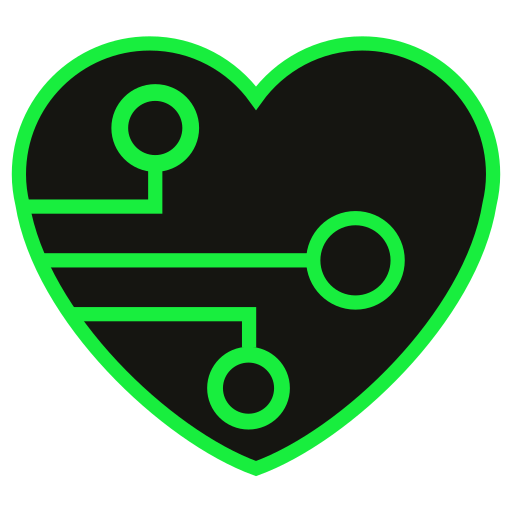#epss
Want an action-packed docket of dynamic speakers and cross-industry topics? Look no further, Register for VulnCon25 today!
https://go.first.org/jDHDu #vulnerabilitymanagement #CVE #CVSS #EPSS #CISA #MITRE #VEX #Raleigh
Do you want to be a part of the 40+ action-packed sessions at VulnCon25? If you said yes, now is your chance to submit your paper today! CFP has been extended until Jan 31st. #vulnerabilitymanagement #CVE #CVSS #EPSS #CISA #MITRE #VEX #Raleigh
https://go.first.org/MPudV
One of the reasons why I personally am not a fan of the Exploit Prediction Scoring System (#EPSS). It gives a false sense of predictability. Or in words of Taleb: "Giving someone the wrong map is worse than giving them no map at all."
#InfoSec #CyberSecurity #AppSec #Pentesting #Hacking #BugBounty #CVE https://infosec.exchange/@malwaretech/113053510106702891
We need metrics to figure out which #CVE matter
There is a group of people screaming we should just fix all the vulnerabilities by upgrading everything constantly (it seem obvious these people have never actually maintained software for more than 3 months)
Without a way to prioritize fixes, we can't move from this "fix all the criticals in one Scaramucci"
This is probably why #EPSS is getting so much attention. It's the least terrible scoring system we have at the moment
If you took all vulnerability exploitation attempts targeting your organization and grouped them into three buckets of new, active, and dormant - it might look like this.
The blue is the proportion of "active" exploits that your sensors have registered in the recent past.
Exploits represented by the teal area have been attacked in the past but have gone dormant for a time (it's been a while since you've seen them).
The red undercurrent corresponds to new exploits never seen before.
My takeaway? Newly exploited vulns get the most *attention*, but
the older ones get the most *action*.
#vulnerabilitymanagement #vulnerability #vulnerabilities
#vulnerability_exploits #exploit #exploitation #cyberattack #cyberattacks #epss #cvss #kev
This comes from a brand new Cyentia Institute study exploring years of exploitation activity. It's available here with no registration required: https://www.cyentia.com/epss-study/
https://cvecrowd.com now shows #EPSS scores.
As one of the first feature requests since CVE Crowd launched, I'm happy to finally be able to fulfill it.
The score estimates the likelihood of a vulnerability being exploited in the wild.
As such, it can be used to prioritize remediation efforts.
I hope you like it!
3/n
Finally, I am a member of DHS’s Data Integrity and Privacy Advisory Committee, where we seek to advisor the Chief Privacy Office, and the Secretary, on important privacy matters.
My website: https://romanosky.net
#CVSS: https://www.first.org/cvss/
#EPSS: https://www.first.org/epss/
I’m addition, I am one of the original authors of #CVSS. Back almost 20 years ago, there was no open standard that could capture the severity of a #CVE, so it was the best we could do. And it worked. Pretty well, actually. For a while.
But now our thinking has evolved. Vuln severity isn’t enough. We want to know about exploitation in the wild. And so the amazing Jay Jacobs, I, and others developed #EPSS, an entirely data driven way of estimating the probability that a vuln will be exploited.

